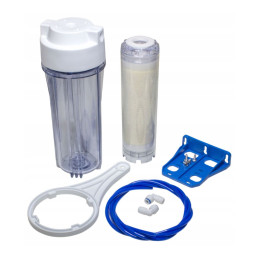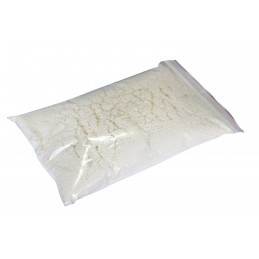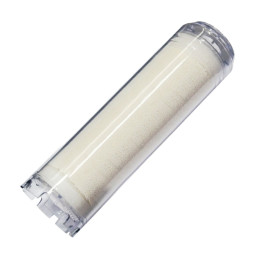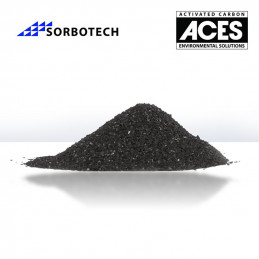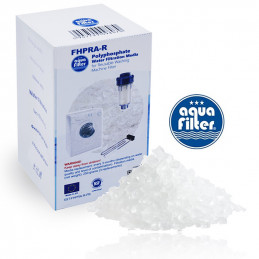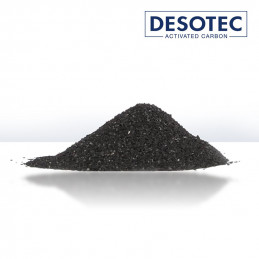- There are no more items in your cart
- Shipping
- Total zł0.00
- Bestsellers
- Hurt
- Water filters
- Whole house filters
- Kitchen filters
- Bathroom filters
- Aquarium filters
- Reverse osmosis
- Water demineralizers
- Filter cartridges
- UV bactericidal lamps
- Alkaline water ionizers
- Industrial water filters
- Accessories, parts, and others
- Descaling filters for the coffee machine
- Water softeners and iron removers
- Water saturators
- ACES
- AMBERLITE
- AQUA VITA
- AQUAFILTER
- AQUAPHOR
- AQUATOR
- BASSAU
- BERG
- BIOCERA
- BIONIQ
- BLUEFILTERS
- CHEMOFORM
- CINTROPUR
- DAFI
- DELONGHI
- DIAMOND
- DOM WODY
- ECOWATER
- FILMTEC
- FIT ALCO
- FITAQUA
- GREEN FILTER
- HANNA INSTRUMENTS
- HELIXPRO
- HELLO PURE
- HIDROTEK
- HM-DIGITAL
- HONEYWELL
- JAVEL
- KLARWOD
- KRUPS
- MIDEA
- OTOWODA
- OTTONE
- Palintest
- PENTAIR
- PHILIPS
- PLATINUM WASSER
- PUROLITE
- SIEMENS
- SUPREME
- TAB-SOL
- TOP FILTER
- UST-M
- USTM
- VONTRON
- WODARO
Porady
Other media - carbon, antibacterial, mineralizing and more
Do you want to provide yourself and your family with clean, healthy water? Our offer of other filtration media is the key to excellent water quality in your home. Discover a variety of specialized media that effectively eliminate unwanted substances, enhance taste and odor, and enrich water with valuable minerals. We invite you to explore our range!
Filtruj
Carbon Bed (Activated Carbon)
The carbon bed, also known as activated carbon, is one of the most popular media used in water filtration. It is obtained through thermal treatment of carbon-rich materials such as wood, coconut shells, or lignite. The activation process involves creating a network of micropores that increase the adsorptive surface area of the carbon.
Thanks to its adsorptive properties, the carbon bed effectively removes chlorine, pesticides, organic compounds, and unpleasant odors and tastes from water. It is used in both home filters and industrial water treatment tanks. To ensure optimal performance, the bed requires periodic backwashing, which allows for the removal of accumulated contaminants and extends its lifespan.
Antibacterial Bed (Silver Impregnated)
The antibacterial bed is activated carbon impregnated with silver, which gives it bacteriostatic properties. The process of obtaining such a bed involves coating the surface of activated carbon with silver ions. As a result, the bed not only removes organic contaminants but also inhibits the growth of microorganisms.
The use of the antibacterial bed is particularly recommended in situations where there is a risk of water contamination by bacteria. It works effectively under proper working conditions, providing safe and clean drinking water. This bed is effective in removing organic compounds such as pesticides or phenolic compounds, which further enhances water quality.
Anthracite Bed
The anthracite bed is a natural filtration material obtained from high-quality hard coal with a high degree of metamorphism. It is characterized by high hardness and chemical resistance. Due to its structure, anthracite excels at removing various types of contaminants, both mechanical and organic.
The use of anthracite bed increases the efficiency of multi-layer filtration. Its unique properties allow for the retention of particles of different sizes, making it an ideal medium in the processes of treating drinking and industrial water.
Dolomite Mineralizing Bed
The dolomite mineralizing bed consists of natural dolomite, a mineral containing calcium and magnesium. It is obtained through the selection and processing of high-purity dolomite. The use of this bed allows for the enrichment of water with essential minerals, which positively impacts human health.
The action of the bed involves the gradual dissolution of minerals in water during its flow. It is important to use appropriate gravel granulations to ensure optimal contact between water and the material. The dolomite mineralizing bed is often used in the final stage of filtration processes, where the mineral composition of water is improved (most often after the osmosis process).
Manganese Removal Bed
The manganese removal bed is a specialized filtration material designed to eliminate excess manganese from water. It is obtained by activating natural minerals such as pyrolusite, which are rich in manganese oxide. The action of the bed is based on the catalytic oxidation of manganese to insoluble forms, which are then retained in the filter.
This bed is also effective in removing iron, making it a versatile solution in water treatment. Its high efficiency in removing iron and manganese makes it widely used in water treatment stations. To maintain its effectiveness, the bed requires periodic backwashing, which allows for the removal of accumulated contaminants.
Catalytic Bed - KDF Bed
The KDF bed is a high-performance, catalytic filtration medium made from copper and zinc. It is obtained by sintering these metals in a special process. The action of the KDF bed involves the reduction and oxidation of contaminants, allowing for effective removal of chlorine, heavy metals, and microorganisms.
It is widely used in water treatment both in homes and in industry. Its advantage is its resistance to a wide range of temperatures, enabling its use in various conditions. The KDF bed does not require regeneration, which translates to low operating costs.
Nitrate Bed - Anion Exchange Resin for Nitrate Removal
The nitrate bed is a specialized anion exchange resin designed to remove nitrates from water. It is obtained through the polymerization of styrene and divinylbenzene with the addition of basic functional groups. The action of the bed involves the exchange of nitrate ions for harmless chloride ions.
The use of this bed is particularly important in areas where drinking water is contaminated with nitrates from fertilizers and wastewater. This applies to both groundwater and deep water. To maintain its effectiveness, the bed requires regeneration with chemicals, usually a solution of table salt.
Hydrogen Sulfide Removal Bed
The hydrogen sulfide removal bed is a specially developed filtration material capable of eliminating the unpleasant odor of hydrogen sulfide from water. It is obtained by impregnating carrier materials, such as activated carbon, with metal oxides.
The action involves the catalytic oxidation of hydrogen sulfide to elemental sulfur, which is retained in the bed. Our hydrogen sulfide removal filtration bed is effective even at high and trace amounts of hydrogen sulfide, providing water free of unpleasant odor and taste.
Phosphate Bed
The phosphate bed is a filtration medium containing phosphorus compounds that have the ability to inhibit corrosion in water installations. It is obtained by preparing phosphates in the form of easily soluble salts.
The action of the bed involves creating a thin protective layer on metal surfaces, which reduces the potential leaching of copper and other metals from pipes. This is particularly important in old installations where the risk of corrosion is higher.
Neutralizing Bed (Calcite)
The neutralizing bed, also known as calcite, is a natural calcium carbonate used to raise the pH of water. It is obtained by grinding and classifying high-purity limestone. The action of the bed involves the dissolution of calcite in acidic water, which leads to the regulation of the pH of the water.
Additionally, calcite increases the mass of calcium carbonate in the water, which can positively affect its hardness and taste. The neutralizing bed is often used in water treatment systems where low pH water can cause corrosion of installations.
Barium Bed
The barium bed is a filtration material consisting of barium sulfate. It is obtained by mining and processing natural barium deposits. The action of the bed involves the adsorption and retention of certain contaminants, especially heavy metals.
It is used as part of the filtration material in specialized applications where the removal of specific substances from water is required. Its unique chemical properties make it indispensable in certain technological processes.
Ammonium Removal Bed
The ammonium removal bed is a selective ion exchange bed designed to eliminate ammonium ions from water. It is obtained by modifying natural zeolites or synthetic ion exchange resins. The action involves the exchange of ammonium ions for harmless sodium ions.
This bed is extremely effective in removing ammonia, which translates to high filtration efficiency. This is particularly important in waters contaminated with wastewater or in agricultural areas where nitrogen fertilizers are used.
Ion Exchange Bed (Anionic)
Anion exchange resin is a special type of resin capable of exchanging anions in water. It is obtained through the polymerization of monomers with the addition of functional groups. The operation of the resin involves the removal of undesirable anions such as chlorides, sulfates, or nitrates.
It is worth noting that this does not refer to those that remove water hardness, which are cation exchangers that exchange calcium and magnesium cations. Anion exchange resins are used in specialized water treatment processes where the removal of specific contaminants is necessary.
Aluminosilicate resin (zeolite)
Zeolite is a natural mineral consisting of aluminosilicate granules. It is obtained through the extraction and processing of zeolite deposits. The action of zeolite involves adsorption and ion exchange, allowing for effective removal of ammonia, heavy metals, and other contaminants.
Zeolites are characterized by a significantly higher adsorption capacity compared to traditional filtration materials. This makes them extremely effective in water treatment processes, both in domestic and industrial applications.
Quartz gravel and filtration gravel
Quartz gravel and filtration gravel are natural materials used as a supporting layer in filters. They are obtained through the selection and processing of high-purity quartz. They are often referred to as gravel beds, commonly known in the water supply industry.
The action of gravel involves the mechanical filtration of contaminants and the stabilization of other filtration layers. The height of the gravel bed determines the effectiveness of filtration and flow resistance. Multi-layer beds are often used, where gravel serves as a base for other filtration materials.
Potassium permanganate
Potassium permanganate is a strong oxidizer used in water treatment processes. It is obtained in the form of crystals that are dissolved in water. The action involves the oxidation of iron, manganese, and hydrogen sulfide, facilitating their subsequent removal.
In practice, filtration is carried out using a weak solution of potassium permanganate, which is introduced into the water system. Subsequently, contaminants are retained by the remaining bed made of appropriate filtration materials. This is an effective method for improving water quality, benefiting also the elements and facilities of water treatment stations.
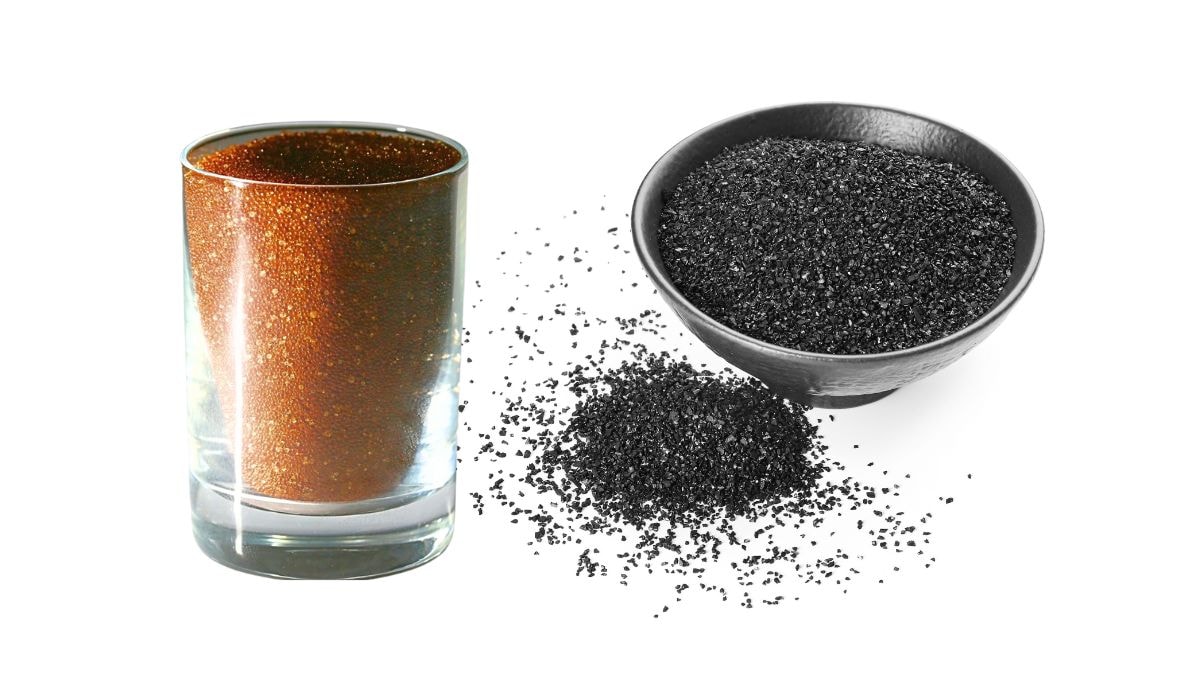
Unconventional filtration beds at mojawoda.com
If you are looking for professional solutions in water treatment, our company mojawoda.com offers a wide selection of unconventional filtration beds. With our experience and knowledge, we are able to provide products tailored to your individual needs.
Our beds allow for effective reduction of iron, manganese, ammonia, and other contaminants in both typical water supply systems and non-standard ones. In water demineralization processes, we use the latest technologies to ensure the highest quality and safety.
We invite you to contact us and take advantage of our offer. Together, we will ensure that the water in your home or business is clean, healthy, and tasty.




